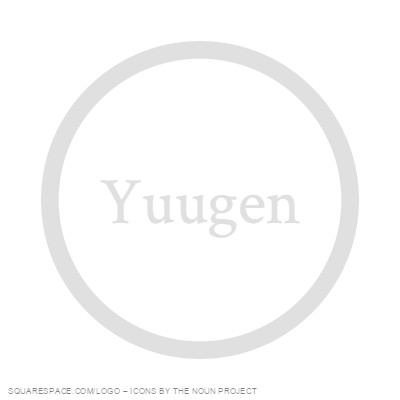Kenninji (Kyoto Gozan #3)
As one of the premier Zen temples in Kyoto, Kenninji was founded in 1202 by the priest Yôsai which makes it the oldest Zen temple in Kyoto. Kenninji is known for a wide variety of aspects but most notably for its grand architecture, rock gardens, and works of art which are classified as national treasures by the state.
For the casual: 10. For the educated: 10.
Oh dear goodness this temple is awesome. First off it's easy to get to. Only a 15 min. walk south of the main street into the Gion District (Shijôdori), you walk through Geisha neighborhoods and traditional city housing to reach the temple. Once you get there, if you're lucky, the famous Fûjin and Raijin painting by Tawaraya Sôtatsu will be on display. If it's not, don't worry, the temple has more than enough to keep you entertained. A hyper-accurate recreation of the painting by Canon Photography is on display near the back of the building. Walk through the halls which have open spaces of trees and moss while hanging scrolls and paintings adorn the wall. On a sunny and hot day, spend some time sitting in the shade by the side of the rock garden and feel the breeze caress you while the garden calls to a deeper spirituality. Want to see a massive painting of dragons? Put on a pair of the slippers provided and cross the path to the Main Hall to view the 800 year anniversary commemorative painting of twin dragons painted in 2002. If you're a history buff like I am, you'll know that between the 14th and 16th centuries Kyoto was plagued with conflict like the Onin War and the Sengoku period. Kenninji was around during those conflicts and so if you make your way to the south gate of the temple, you can see arrow punctures. For this reason, this gate is called the Yamon, the Arrow Gate, and it is the oldest standing part of the temple. Be sure to check out Kenninji if you're ever near the Gion District.
The temple marker with the name Kenninji in kanji.
The Fûjin (left) and Raijin (right) on display.
This 11.4m x 15.7m painting adorns the ceiling of the Main Hall. The painting was made using the finest traditional paper and sumi ink and was painted by one artist in an elementary school gymnasium in Hokkaido.
